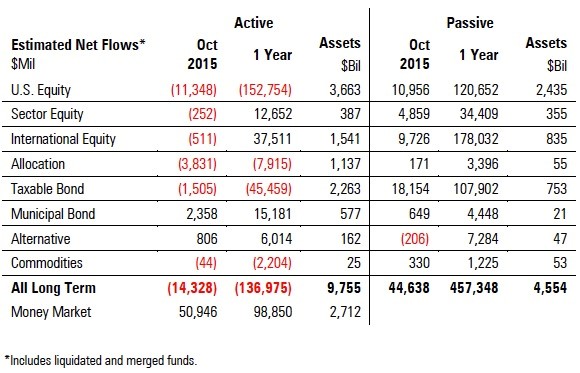Convert Map File To FBLAX


MAP file: Map Data. Read here what the MAP file is, and what application you need to open or convert it.
I have a single-band, georeferenced.tif file that I would like to display on top of a Leaflet.js map, using the ImageOverlay function. Unfortunately, Leaflet seems only to accept PNG or JPG files, and I haven't been able to produce a PNG file that Leaflet will display. The original.tif file is in EPSG:102022 and the pixel values are represented by floating-point 64-bit numbers (Float64). Here is a snippet from gdalinfo: Origin = (-120,-300) Pixel Size = (1000000000,-1000000000) Metadata: AREA_OR_POINT=Area Image Structure Metadata: COMPRESSION=LZW INTERLEAVE=BAND Band 1 Block=2433x1 Type=Float64, ColorInterp=Gray Min=0.000 Max=28.907 Minimum=0.000, Maximum=28.907, Mean=0.574, StdDev=1.419 NoData Value=-1.9999994e+308 Metadata: STATISTICS_MAXIMUM=89906 STATISTICS_MEAN=0.9673 STATISTICS_MINIMUM=0.752851 STATISTICS_STDDEV=1.403 I transformed the original image from EPSG:102022 to EPSG:4326 using gdalwarp, and that seems to have worked fine. However, when I try to convert the reprojected tif image to a PNG image, I get an error message that the data type has to be changed from Float64 to an unsigned 8 or 16-bit integer. I tried gdal_translate -ot UInt16 -of PNG but for some reason it appears to lose a lot of resolution (when I look at in in QGIS) and the resulting PNG file will not display in Leaflet.
I also tried an online converter which produced a PNG image that looked good in QGIS but wouldn't display in Leaflet. I can see the bounding box in the correct position on the Leaflet map, but there is just a question mark inside.
My Leaflet code is standard, except for substituting a local file path for the URL: var southWest = L.latLng(-,), northEast = L.latLng( -,), imageBounds = L.latLngBounds(southWest, northEast); var imageUrl = '//image.png'; L.imageOverlay(imageUrl, imageBounds).addTo(map); I've tried lots of variations. I'd also like to be able to control the color scale in the png file and I'm not sure how to do that. I've seen some complicated suggestions using other software to produce tiled layers, but I'm hoping that there's a simpler solution, since this is just a single image.
I'd be grateful for any strategy suggestions. For tricky (and scriptable) image manipulation, my tool of choice is. It's not a particularly easy-to-learn tool, but it can do things like, or, control the number of channels of the output file (RGB/greyscale/etc), or anything, really. With a bit of work, it should be able to do things like automatically trim the range of values from the GeoTIFF and map that to 8-bit channels. Please note that ImageMagick (and GIMP, for this matter) strip the GeoTIFF information off the files. Use and if you need to preserve that information. Also, you mention.and the resulting PNG file will not display in Leaflet What happens if you try to load that file directly in your web browser?
Also, double-check uppercase/lowercase filenames!
— Help us This page lists tools to convert external map data to and from OSM formats. • For exporting a map as images (PNG, SVG, PDF) please refer to the page. • For a much more general overview, see the Guide. • For converting between different OSM file formats (including altering or filtering) see • For converting GPS tracks only, see • Remember, if you are converting map data into OSM to upload it into OpenStreetMap, be sure to follow the guidelines for an Formats See also and. File type Extension To import into OSM To export from OSM Discussion/Comments Adobe Illustrator.ai no osm2ai. Install Xlc Compiler Aix. pl See, and ArcGIS (by ESRI) several E00 e00 partial partial See Dafif?
no (by AutoCad).dxf,,, See GADM? no Garmin maps.img no Geobase? no GeoJSON.geojson,, GML? XSLT, Python, See. Google Earth (Keyhole) Markup Language.kml,,,. GPX.gpx Import as layer in,, ->, Image (non georeferenced).png,.jpg, etc.